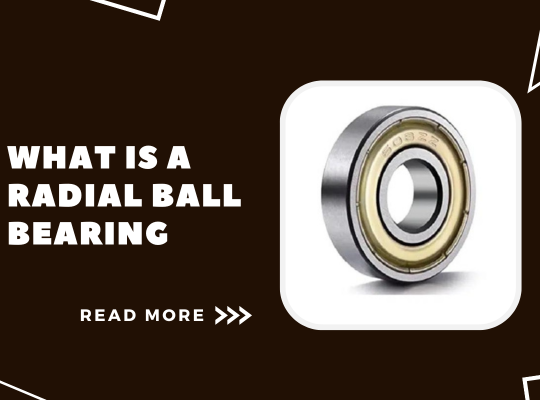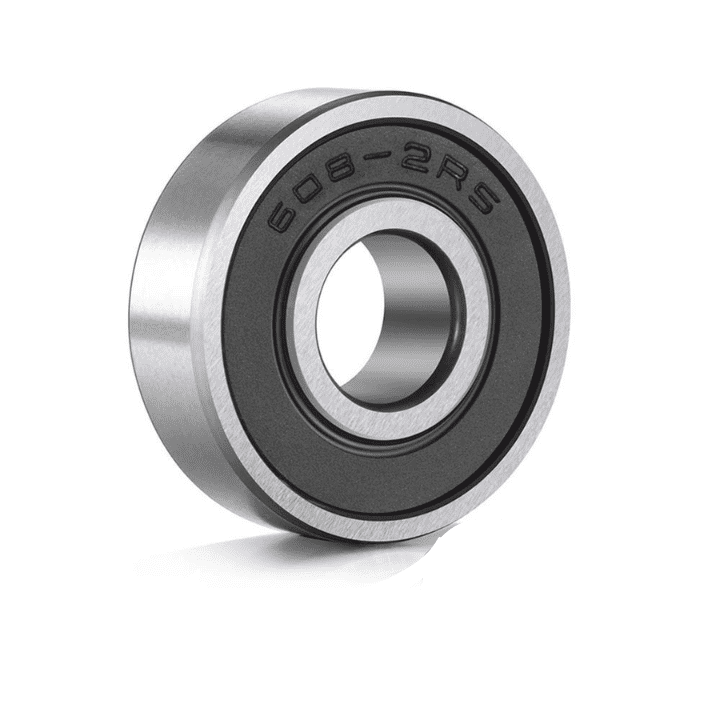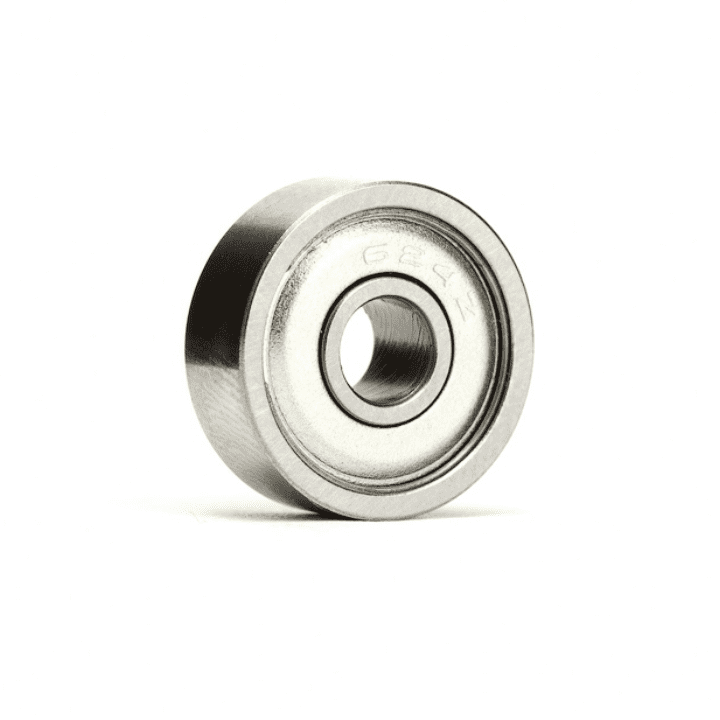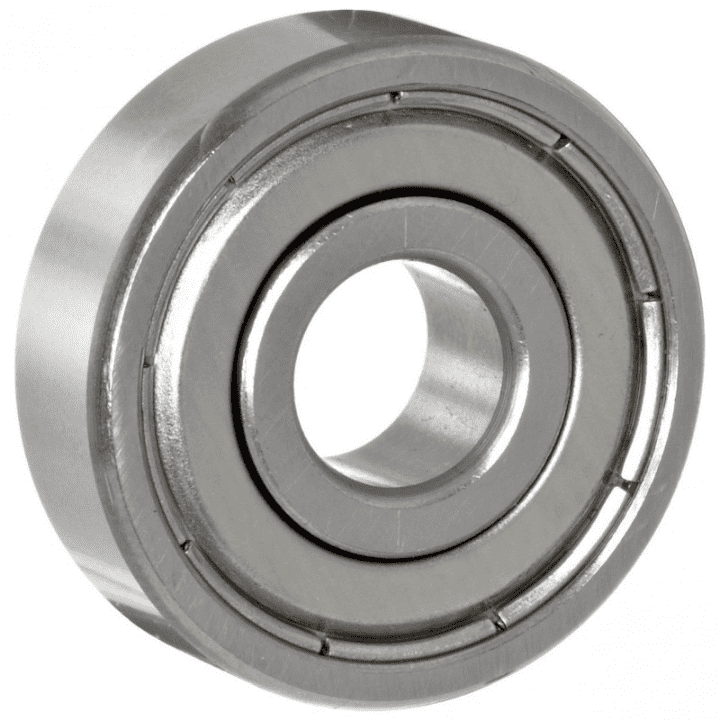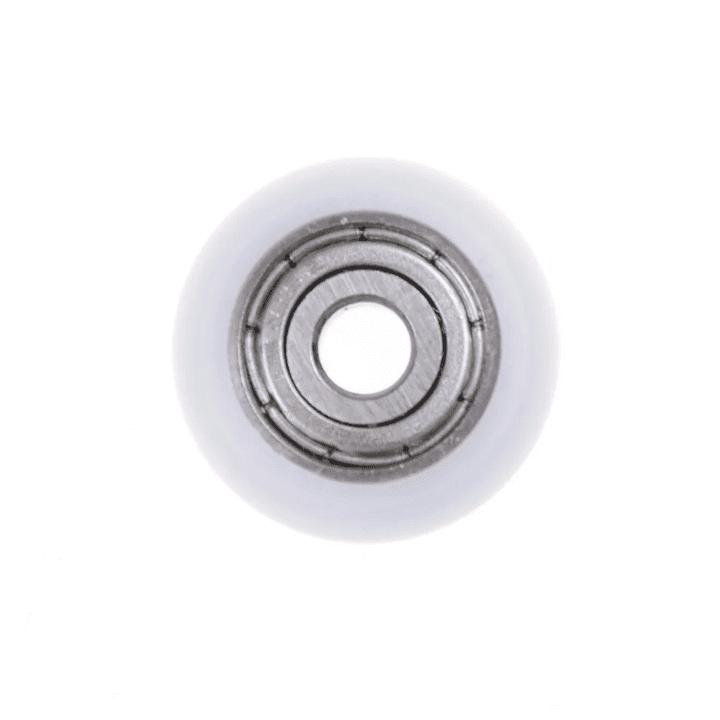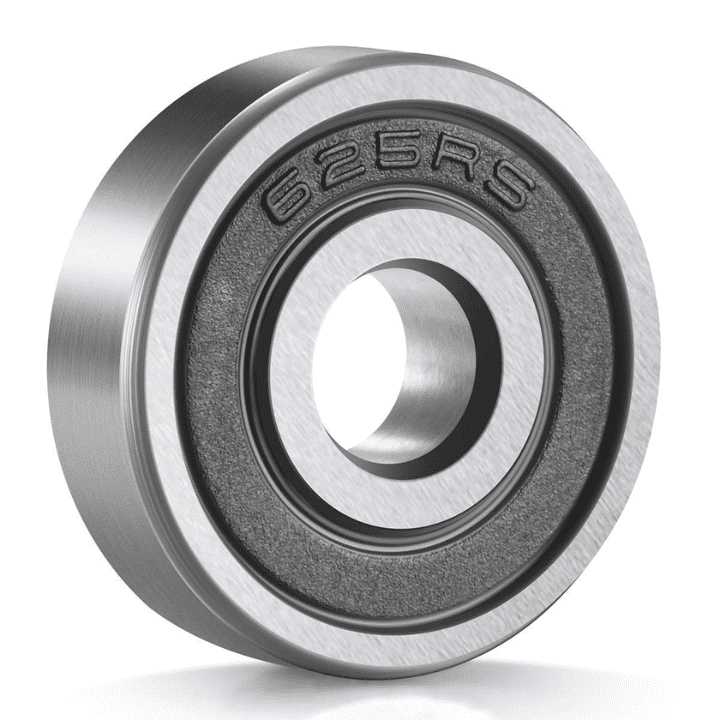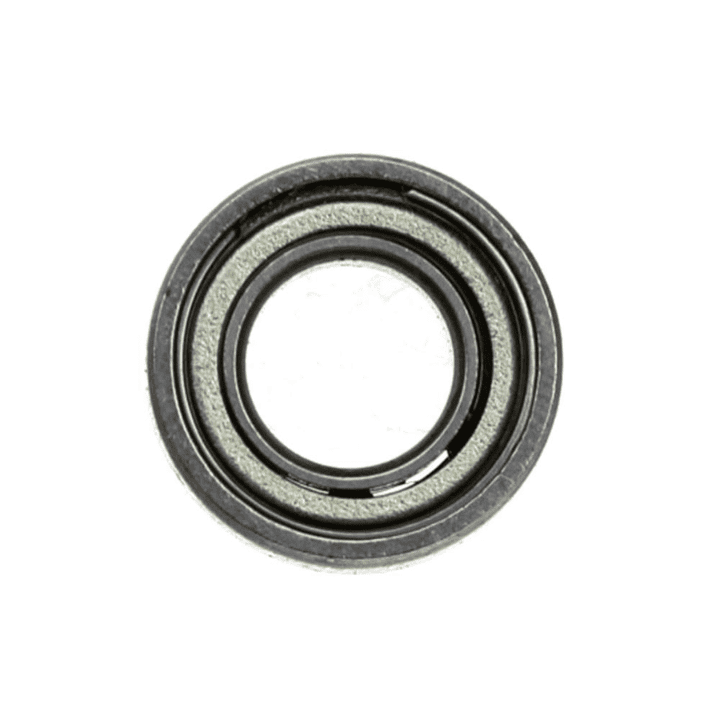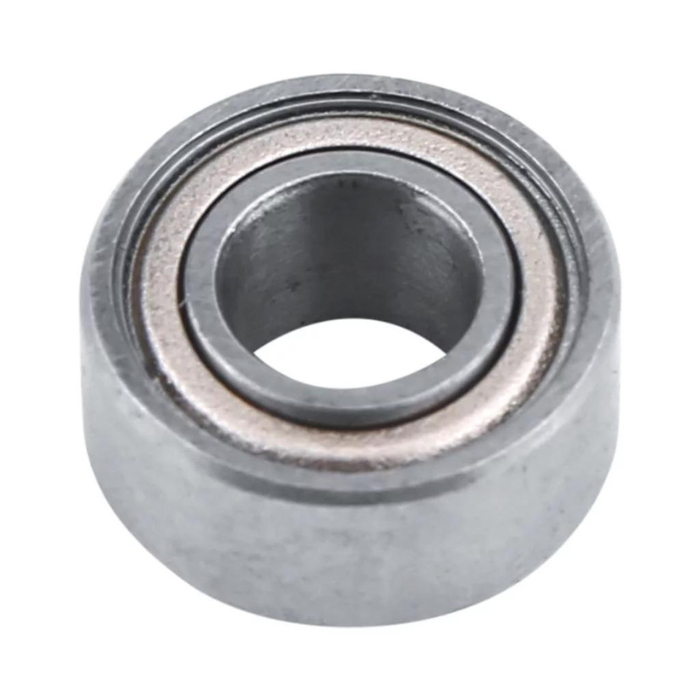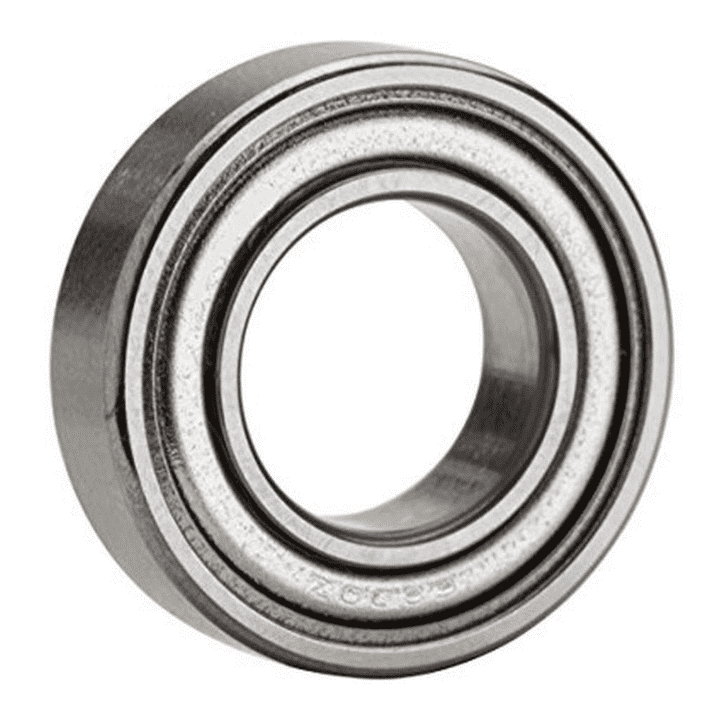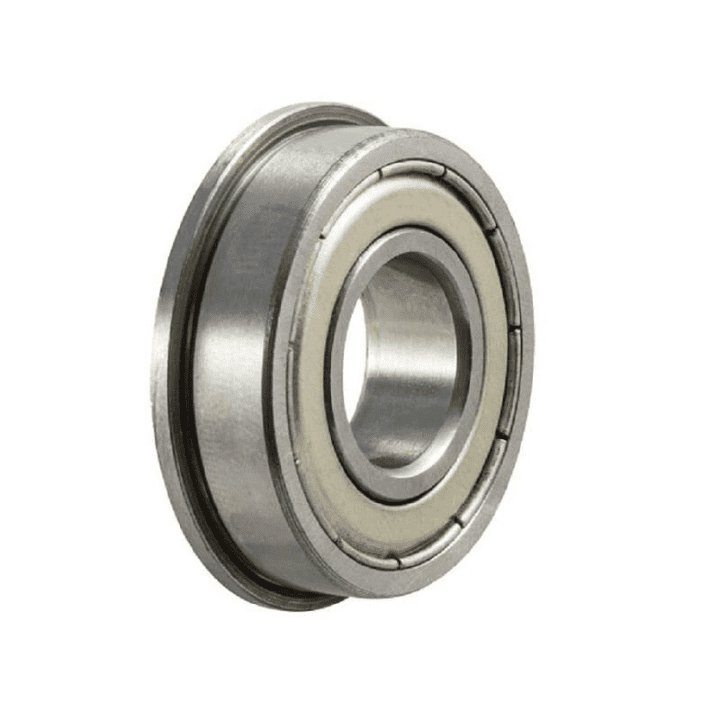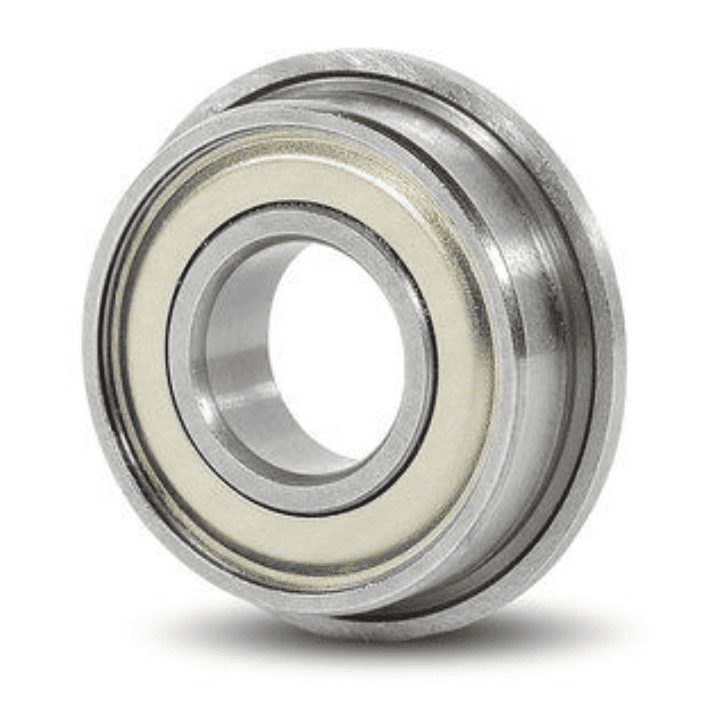Introduction
The Ultimate Low-Friction Solution Radial ball bearings are the workhorses of the industrial world, enabling smooth and effortless motion in countless applications.
These unsung heroes play a crucial role in reducing friction, minimizing wear and tear, and ensuring optimal performance across various industries. Let's dive into the fascinating world of radial ball bearings and uncover their secrets to success.
At their core, radial ball bearings are ingenious devices designed to carry loads radially around a central axis. They consist of two grooved rings, known as raceways, with a set of lubricated steel balls sandwiched in between.
These deep-groove bearings, often referred to as Conrad bearings, are the backbone of countless rotational systems, enabling smooth and efficient motion.
The magic of radial ball bearings lies in their simple yet elegant design. A specific number of steel balls are contained within a cavity called a raceway, formed by two precisely radiused ball races.

As the bearing rotates, the balls roll smoothly between the raceways, dramatically reducing friction compared to sliding surfaces. To further enhance their performance, radial ball bearings are lubricated with grease or oil.
This lubrication not only reduces friction even further but also provides a dampening effect, minimizing vibrations and ensuring a quieter operation.
Low friction is just the tip of the iceberg when it comes to the advantages of radial ball bearings. These versatile components boast an impressive array of benefits, including:
- Smooth and quiet rotation, thanks to the rolling action of the balls and effective lubrication.
- Ability to handle substantial radial loads, making them suitable for a wide range of applications.
- Accommodating some axial thrust loads, further increasing their versatility.
- Long service life, especially when properly maintained and operated within their specified limits.
With such a compelling combination of performance and durability, it's no wonder that radial ball bearings have become an indispensable component in countless industries.
Types of Radial Ball Bearings
To cater to the diverse needs of modern engineering, radial ball bearings come in a variety of configurations, each designed to excel in specific applications.
Single Row Bearings

As the name implies, single row radial ball bearings feature a single row of balls sandwiched between the inner and outer rings. This straightforward design makes them the most common and widely used type of radial ball bearing, offering a perfect balance of simplicity and performance.
Double Row Bearings

For applications that demand even higher radial load capacities, double row bearings step up to the plate. These bearings feature two rows of balls, essentially doubling their load-carrying capabilities compared to their single row counterparts.
Self-Aligning Bearings

In the real world, perfect alignment is often an elusive goal. That's where self-aligning bearings shine. These ingenious designs can accommodate misalignment between the inner and outer rings, making them ideal for applications where precise alignment is challenging or impractical.
Thin-Section Bearings

When space is at a premium, thin-section bearings offer a compact solution. These bearings have a smaller cross-section relative to their diameter, allowing for sleek and space-saving designs without compromising on performance.
Insert Bearings

Ease of installation and maintenance are crucial considerations in many applications. Insert bearings, also known as wide inner ring bearings, address these concerns by mounting onto shafts using setscrews or locking collars, making them a breeze to install and remove when necessary.
Bearing Components and Options
Radial ball bearings are more than just a collection of parts – they're masterfully engineered systems, with each component playing a vital role in their overall performance.
Balls and Raceways
At the heart of every radial ball bearing lies the steel balls and their corresponding raceways. These precision-engineered components ensure smooth rolling motion and distribute loads evenly, enabling the bearing to operate under demanding conditions.
Cages and Retainers
To prevent the balls from rubbing against each other and maintain their even spacing, radial ball bearings employ cages or retainers. These components can be made from a variety of materials, including steel, brass, and even specialized plastics, each offering unique advantages for different operating conditions.
Seals and Shields
In the harsh environments of industrial applications, contamination is a constant threat. Seals and shields act as the first line of defense, protecting the bearing's internal components from dirt, moisture, and other contaminants that could compromise its performance and longevity.
Lubrication Options
Proper lubrication is the lifeblood of radial ball bearings. From grease to oil and even dry film lubricants, various options are available to suit different operating conditions. Choosing the right lubrication can dramatically improve a bearing's performance, efficiency, and service life.
Bearing Selection Factors
With so many radial ball bearing options available, selecting the right one for your application can be a daunting task. Fear not, as we'll guide you through the key factors to consider.
Load Capacity
One of the most critical considerations is the expected radial and axial loads your bearing will encounter. Whether it's static or dynamic loading conditions, ensuring your bearing can handle the demands of your application is paramount.
Speed and Temperature
Like athletes, bearings have their limits when it comes to speed and temperature. Exceeding these limits can lead to premature failure, so it's crucial to select a bearing that can withstand the anticipated operating speeds and temperatures.
Precision and Noise
In applications where precision is paramount or noise levels need to be kept to a minimum, higher-quality bearings with tighter tolerances may be required. These bearings are engineered to deliver exceptional performance in demanding environments.
Environment and Contamination
The operating environment plays a significant role in bearing selection. Exposure to moisture, chemicals, or other contaminants can compromise a bearing's performance and longevity. Choosing the right seals, shields, and lubricants can help mitigate these risks.
Applications of Radial Ball Bearings
Radial ball bearings are truly versatile components, finding their way into a vast array of applications across multiple industries.
- Automotive and Transportation: From the wheels that keep us rolling to the engines that propel us forward, radial ball bearings are essential components in the automotive and transportation sectors. Their ability to handle high loads and speeds makes them indispensable in these demanding environments.
- Industrial Machinery: In the world of industrial machinery, radial ball bearings play a pivotal role in ensuring smooth and efficient operation. Conveyors, pulleys, motors, and countless other machines rely on these components to keep them running at peak performance.
- Aerospace and Turbines: When performance and reliability are non-negotiable, specialty radial ball bearings rise to the occasion. These highly engineered bearings are found in jet engines, turbines, and other aerospace applications, where their ability to withstand extreme conditions is essential.
- Recreational and Consumer Products: Even in our leisure pursuits, radial ball bearings are ever-present. From bicycles and skateboards to inline skates and household appliances, these unsung heroes facilitate low-friction motion, enhancing our enjoyment and convenience.
Maintenance and Troubleshooting
While radial ball bearings are designed for durability, proper maintenance and troubleshooting are key to maximizing their service life and ensuring optimal performance.
Bearing Lubrication and Relubrication
Lubrication is the lifeblood of radial ball bearings, and neglecting this crucial aspect can lead to premature failure. Following recommended lubrication practices and adhering to relubrication intervals is essential for maintaining peak performance.
Inspection and Replacement
Regular inspections can help identify potential issues before they escalate into more significant problems. By monitoring for signs of wear, damage, or contamination, you can take proactive measures to prevent bearing failures and minimize downtime.
Troubleshooting Common Issues
Even with proper maintenance, radial ball bearings can occasionally encounter issues such as excessive noise, vibration, or overheating. Understanding the potential causes and solutions for these common problems can help you quickly diagnose and address any concerns, ensuring your systems remain operational and efficient.
While radial ball bearings are primarily designed to accommodate radial loads, they do possess some ability to handle axial thrust. However, for applications with significant axial loads, it is recommended to use dedicated thrust bearings, which are specifically engineered to handle these forces more effectively.
Conclusion
Radial ball bearings are versatile and essential components that enable smooth, low-friction motion in countless applications across various industries. From their ingenious design and diverse configurations to their ability to handle substantial loads and operate in demanding environments, these components have proven their worth time and again.
Understanding the types, components, selection factors, and maintenance requirements of radial ball bearings is crucial for ensuring optimal performance and longevity. By leveraging this knowledge, engineers and designers can maximize the efficiency and reliability of their systems, reducing downtime and minimizing operational costs.
While radial ball bearings are renowned for their reliability, proper selection and maintenance are essential to unlocking their full potential. Investing in the right bearing for your application and adhering to recommended maintenance practices can provide significant cost savings and minimize downtime caused by bearing failures.
By working closely with bearing manufacturers and suppliers, and staying informed about the latest advancements in the field, you can ensure your systems remain at the forefront of performance and efficiency. Embrace the power of radial ball bearings, and experience the seamless motion that drives innovation across industries.



